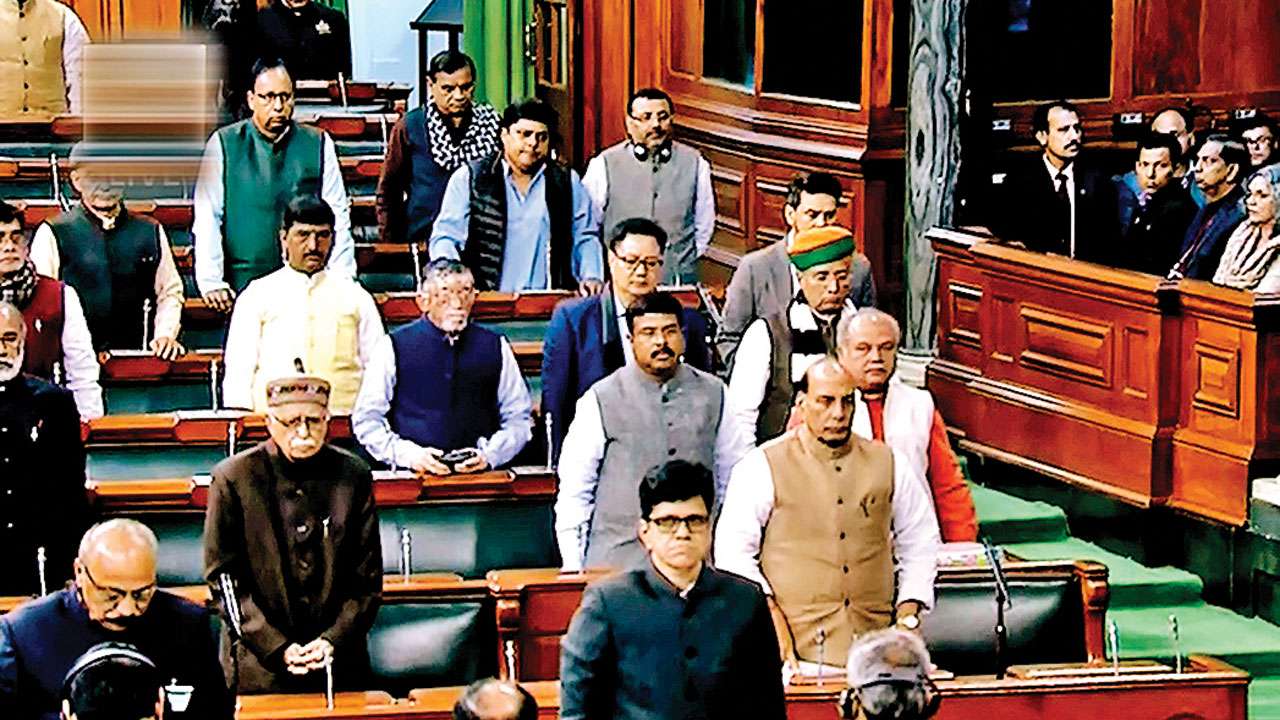
The current scenario of MSMEs has been stressful amidst the striking breakdown during the Covid-19 pandemic. Several industries, labourers, and workers collaborating for the imminent master plan for escalating productivity were left in extreme hardships due to the lack of volatile environment across the markets. While activities resumed following the escape of the lockdown, the harsh sufferings haven’t diverted due to no abundant relief being provided to the MSMEs by the government. The position of MSMEs has carried an overblowing insolvency situation where more than 41 per cent of the startups and small-scale industries have exhausted their utilities or have funds of one month left.
What could be the best possible way out of the predicament? In the context of Covid-ravaged impact on the industries, aspiring entrepreneurs have got framed into insolvency, coercing them to shut down their businesses. Finance and Corporate Affairs Minister Nirmala Sitharaman issued a draft of the Insolvency and Bankruptcy Code(Amendment Bill), 2021, in the Lok Sabha on Monday; they proposed integration of pre-packs as an insolvency resolution process for the Micro, Small, and Medium Enterprises(MSMEs). The Bill is aiming to replace the existing Insolvency and Bankruptcy Code Ordinance, 2021, which was proclaimed on April 4 earlier this year. Amidst the disruptions in the Parliament, the new amendments in the Bill couldn’t get passed.
The Insolvency and Bankruptcy Code, 2016, got transitioned in April, whereby ordinance was inserted in the clause as a separate chapter, Chapter IIIA. The rendering economic challenges have put corporations, industries, and individuals on the brink of collapse, paving a way out of their troubles. A proactive relief measure in pre-packaged policy got issued in a value maximization and cost-effective manner.
What is the Pre-Packaged Insolvency Resolution Process; Its Benefit to the MSMEs-

The new clause promulgated in the latest Bill at the Lok Sabha has envisaged an innovative way for resolving all the debt issues. A direct agreement would be struck between the outstanding creditors and the existing owners or investors for solving the long-standing insolvency case through the pre-packs. The MSMEs have contributed to the elusive slack of shutdown businesses during the lockdown due to their higher mobility, mammoth maintenance costs, and lack of sustainability in the mechanism. However, with the recent amendments, the government instituted a maiden cut affair to assist the depleting potential of MSMEs.
The current Code recognizes this as a favourable opportunity for the shareholders as they will enhance their chances of gains from the amalgamation of the informal workouts. All the legal validations will be followed in the proceedings alongside assigning specific safeguards for protecting shareholders’ interests. The time-frame estimations in the formal proceedings seemed to be cut short through this scheme.
The introduction of the Pre-packaged insolvency resolution process has provided MSMEs breathing room. Promoters are the critical entity for running the businesses, and their role couldn’t get eliminated at any cost. Despite this, the CIRP didn’t allow the promoters to participate in the resolution mechanism, as it pointed out the removal of the administrative body. The restructured amendment has prescribed a clause in the Code which suggests that the Corporate debtor will allow negotiating terms with the creditors to swirl back to the track on the path of the operation as a going concern.
What provisions need to be fulfilled by the MSMEs under the pre-pack process?

The pre-pack process will endeavour its focus on a debtor-in-possession alongside a creditor-in control model to get the best potential result for the shareholders. Following this scheme, the assets of the MSMEs will be still under the jurisdiction of the debtors with acceptance and approval access from creditors. Before that, the qualification provisions need to be fulfilled by the MSMEs for initiating the pre-pack process. The government has laid down various conditions-
- According to section 29A of the Code, if the default on loans of MSMEs passes Rs 10 lakh, then it would be entitled to proceed with the scheme.
- The second most important condition requires a majority vote of 66% of MSMEs unrelated financial creditors for seeking approval.
- A conventional meeting of finance meeting needs to be set up for evaluating the probability of imitating the process.
- Once the pre-commencement regulations are validated, then the members of the corporate debtors can apply to the Adjudicatory Authority, which further outlines the appointment of the insolvency professional and issues a public statement to the utilities involved.
The International Viewpoint of the Resolution Mechanism-
The system of PPIRP has been famously advertised as an insolvency resolution mechanism by the United Kingdom and European contingents over the past decade. The National Company Law Tribunal will access all the documents and the formal agreements and approve the terms of the financial creditors. It is the same procedure being forwarded worldwide.
The concept got instilled in India after its successful implementation and sustainability in the global scenario. The most favourable destination for the scheme is The UK as it propagates two processes; one initiates creditors’ approval, and the other is solely conceptualized on the CD. The international column delineated its attention towards the transparency of the PRIRP; thus, the Indian government could seek advice from the Graham Committee ( head of the procedure).
As the procedure is strictly adhered to improving the efficiency of its corporations by resuming the slackening operations, our MSMEs could follow the same path to revolution. The promoters of the insolvent company should be allowed to bid for the business, eliminating the condition of carrying its debts. In this way, a structural framework would be manifested for the recuperation of all the CDs classified MSMEs.
The Possible Roadblock Ahead for the MSMEs-

The Pre-Packaged Insolvency Resolution has overseen certain amendments to make it an informative and cost-effective solution to the persuasion of MSMEs financial services. Generally, large-scale implications welcome a flurry of challenges, and nothing is different in this case. Firstly, the proposed plan of the CDs needs to be present at the Committee of Creditor’s table before initiation. Even though the PPIRP allows the MSMEs to move forward without the additional clauses of section 29A, they are unsure if the condition of their non-performing assets is stressed. The creditors will be reluctant to proceed.
The debtor in possession model could get transferred to the IP if the COC accumulates the majority vote of 66%. Another roadblock in the process could feature if the transactions are not valued correctly, which will lead to disruptions in evaluating the past unwanted debts. The distressed units and the lenders would find it extremely difficult for matching up the escalation of PPIRP.
So, What Next in the Eccentric Path for MSMEs?
On the consensus, the corporate matters are solved through the regulations of the case law. Experts claim that the process could endeavour a lifeline to the slumping avenues of MSMEs amidst the hard-bitten bearings of the Covid-19 pandemic. It could provide a much-needed quick-time resolution for the insolvency processes in a legalized form in a slowly moving environment. By following the eccentric path of resolution mechanism, the MSMEs would receive several benefits in the form of privacy and confidentiality of matters, a growth maintenance avenue, and persisting the goodwill of clients.
It would be a significant reform in terms of returns to the creditors and the potential investors since its inception to liquidation. The path ahead would welcome several challenges as it would be essential to take operational creditors into confidence as per plan. Funds accumulation for repaying the creditors would impose a different concept of hurdles that need to be crossed for successfully leading the process. The insolvency mechanism needs to secure transparency so that the MSMEs could take big advantage of it.




